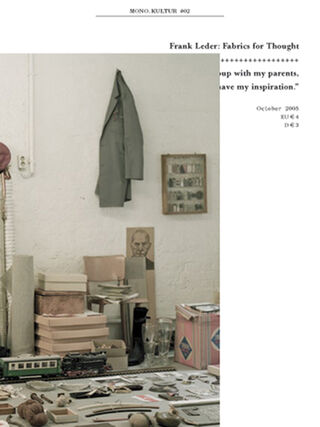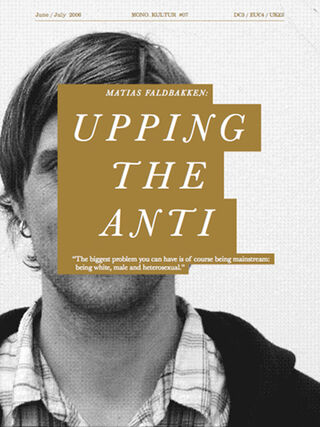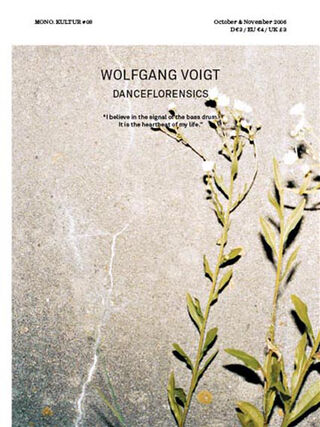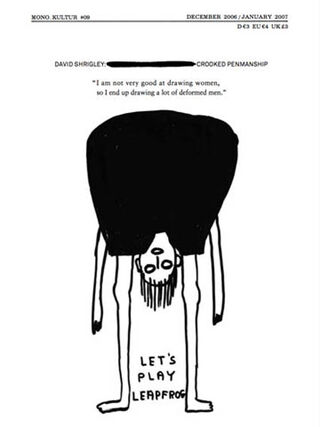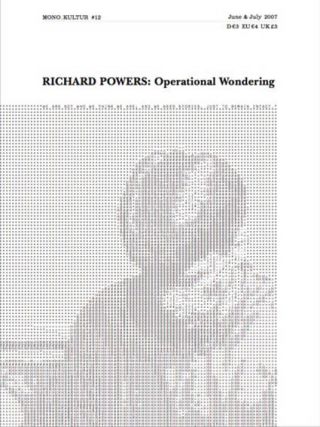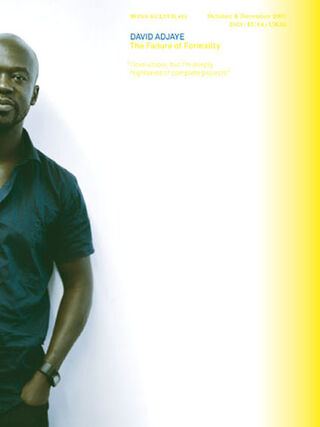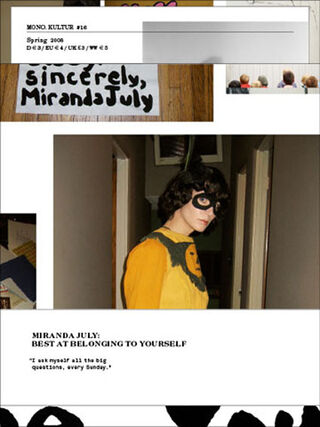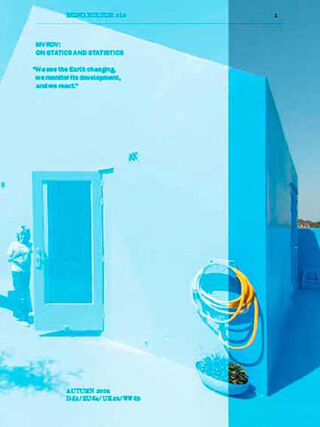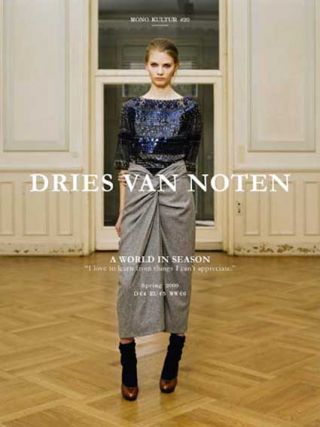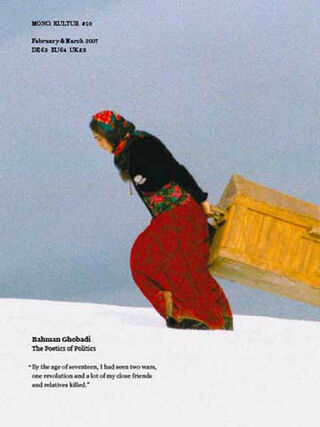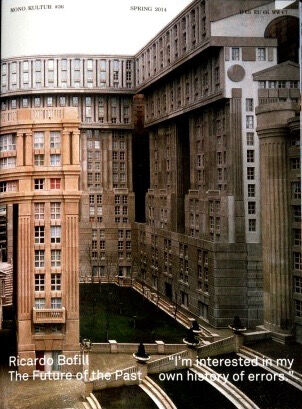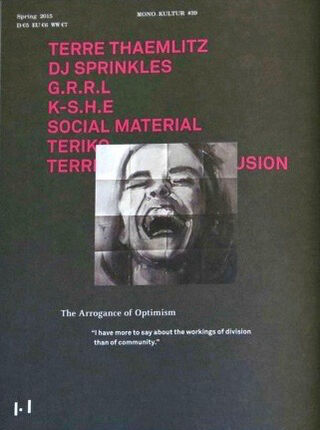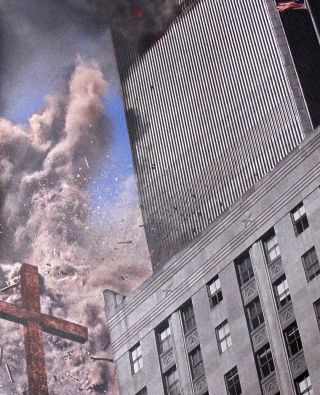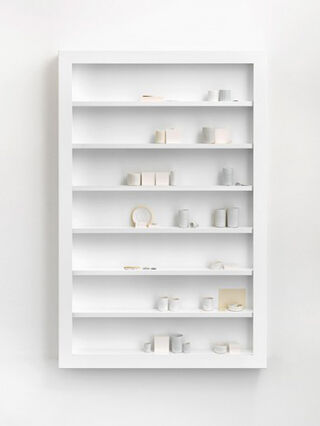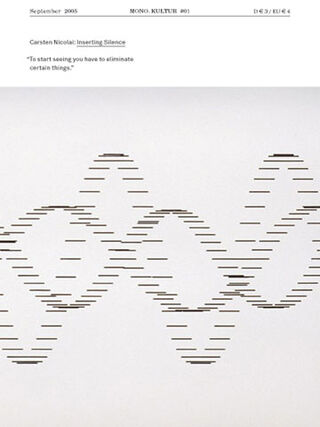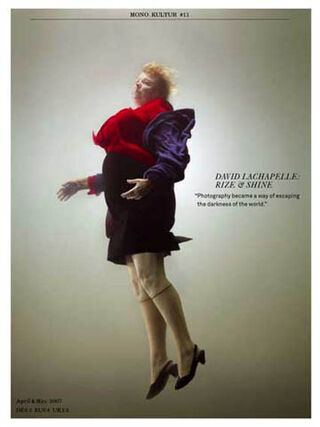
Pawel Althamer
availability unknown, if interested please write an email
My path just seems to have gone
where others’ don’t.
Twelve years ago I got to know Paweł Althamer and interviewed him for the first time, together with my friend, Andrzej Przywara. I have been following his work rather closely ever since and I have seen and experienced most of it in the flesh. His first and much acclaimed exhibition at Galeria Foksal in Warsaw in 1996, entitled Air Conditioning, was indeed a refreshing experience: Althamer opened a door in the wall of the gallery, through which the visitors could step down into the abandoned park adjoining the gallery. The gallery space was turned into an artificial grey-white waiting room, a reception area to be visited before the experience of colourful and material reality outside the gallery limits. A sense of heightened perception was triggered by a slight change to the regular trajectory and altering the standard rules of conduct.
In 1999, Althamer’s second show at Foksal was on the outside of the gallery only, with a huge white tent covering the area and turning the park into a psychedelic greenhouse, with mushrooms and strange weeds growing immense, although anaemic, in the hot, humid atmosphere. In 2001, the visitors to Bureaucracy, a group exhibition at the same gallery, were taken for yet another walk: this time, another opening made by Althamer in the wall took them to the adjacent lobby of an IT business located next door and called, coincidentally and tellingly,
Virtual Poland.
Some ten years later, Althamer remains faithful to his method of guiding the viewers astray and turning the virtual back into real. His more recent project at Sculpture Projects 07 in Münster was no different, in a sense: a path lead the art crowd from the park on the outskirts of the city, across the fields and forest, to finally disappear near a farm in the countryside.
One great thing about Althamer’s work, in my opinion, is that it is produced without any concessions to the importance and prestige of the commission: the artist is working with equal attention to details and with complete dedication and intensity no matter if it is a Documenta or a playground in Bródno, the housing project in Warsaw where he lives and works. His work has attracted a lot of attention, for sure, but the fame has not changed the way Althamer thinks and acts even a little. He is not a saint, nor a samurai (at least not yet), but surely one of the most uncompromised and consistent artists working today.

